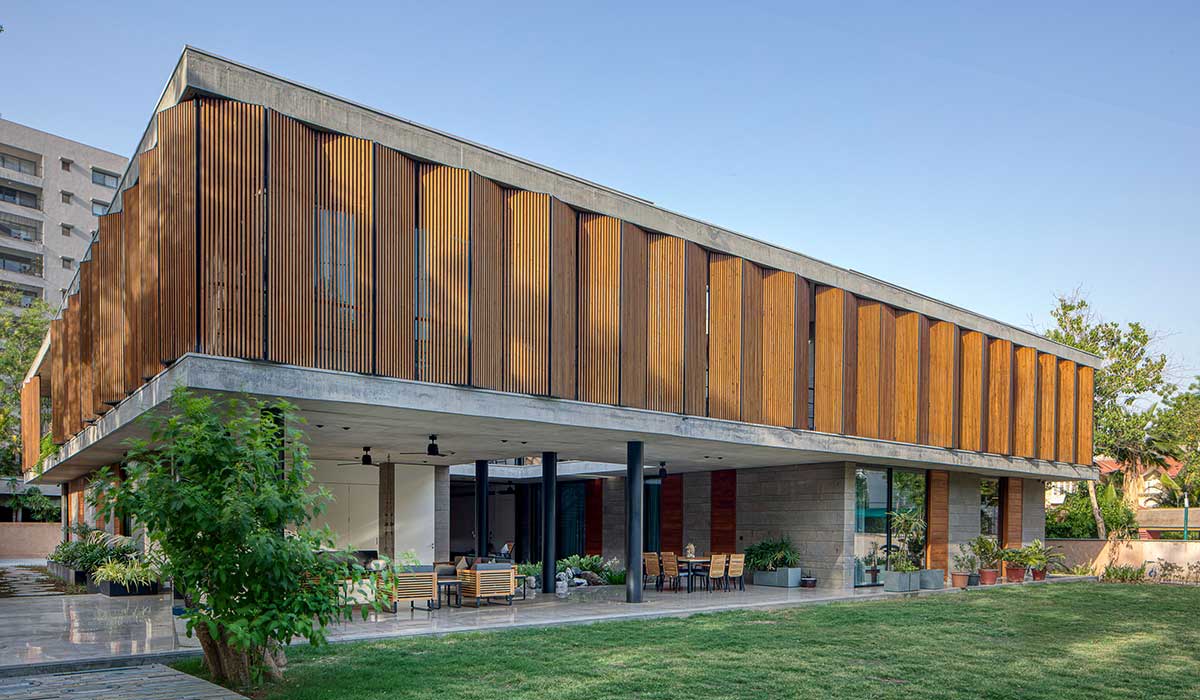
In today’s scenario, Indian architects are presented with a myriad of opportunities, fueled by a spirit of adaptability and a culture of innovation. From harnessing the versatility of bamboo to embracing cutting-edge technologies like 3D printing and robotic fabrication, they are pushing the boundaries of what’s possible, creating buildings that are aesthetically pleasing while also being environmentally responsible. This innovative approach, in turn, enhances the resilience and efficiency of buildings and fosters creativity and expression within the architectural field.

The convergence of building materials, technology, engineering, and architecture is catalyzing a revolution in India’s construction sector, leading to advancements in quality, speed, and sustainability. Designers now have access to a diverse range of advanced construction materials, including recycled plastics, engineered timber, and carbon-negative concrete, allowing them to create structures that achieve multiple objectives. Moreover, technology is streamlining the construction process through prefabrication and modular construction techniques, accelerating construction timelines and reducing waste and environmental impact.
The increased collaborative engagements of engineers and architects are resulting in the creation of more structurally efficient and resilient buildings. By leveraging computational design tools and structural analysis software, one can optimize building performance, enhance safety, and minimize material usage, contributing to a more sustainable built environment. The strategic integration of advanced digital technologies, such as augmented reality, virtual reality, and artificial intelligence, is revolutionizing the entire building design and management paradigm. These technologies empower architects to craft immersive design experiences, optimize building performance, and enhance user comfort and well-being throughout the lifecycle of a project.
Today, Indian architecture stands at a crossroads, where global influences, technological advancements, and societal needs converge, defining a period of profound transformation. As we look towards the future, we can expect to see a continued emphasis on sustainable design practices, with designers utilizing renewable energy sources, integrating green spaces, and designing for resilience against climate change impacts. This transformative phase heralds a new era of architectural innovation, where Indian architects are poised to lead the way in shaping a more sustainable and resilient built environment. Indeed, Indian architecture is in the midst of a transformative phase, and the possibilities are endless!















